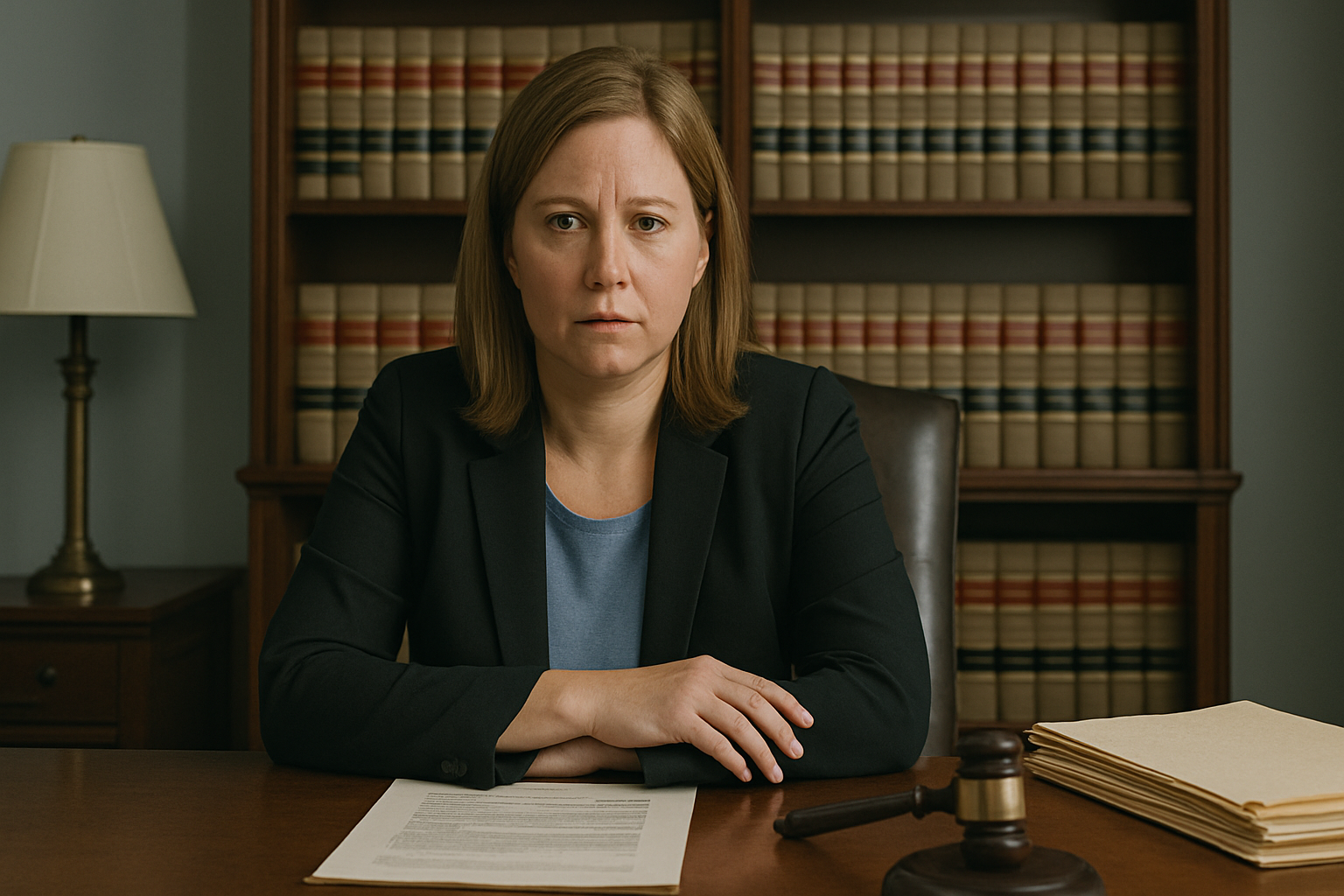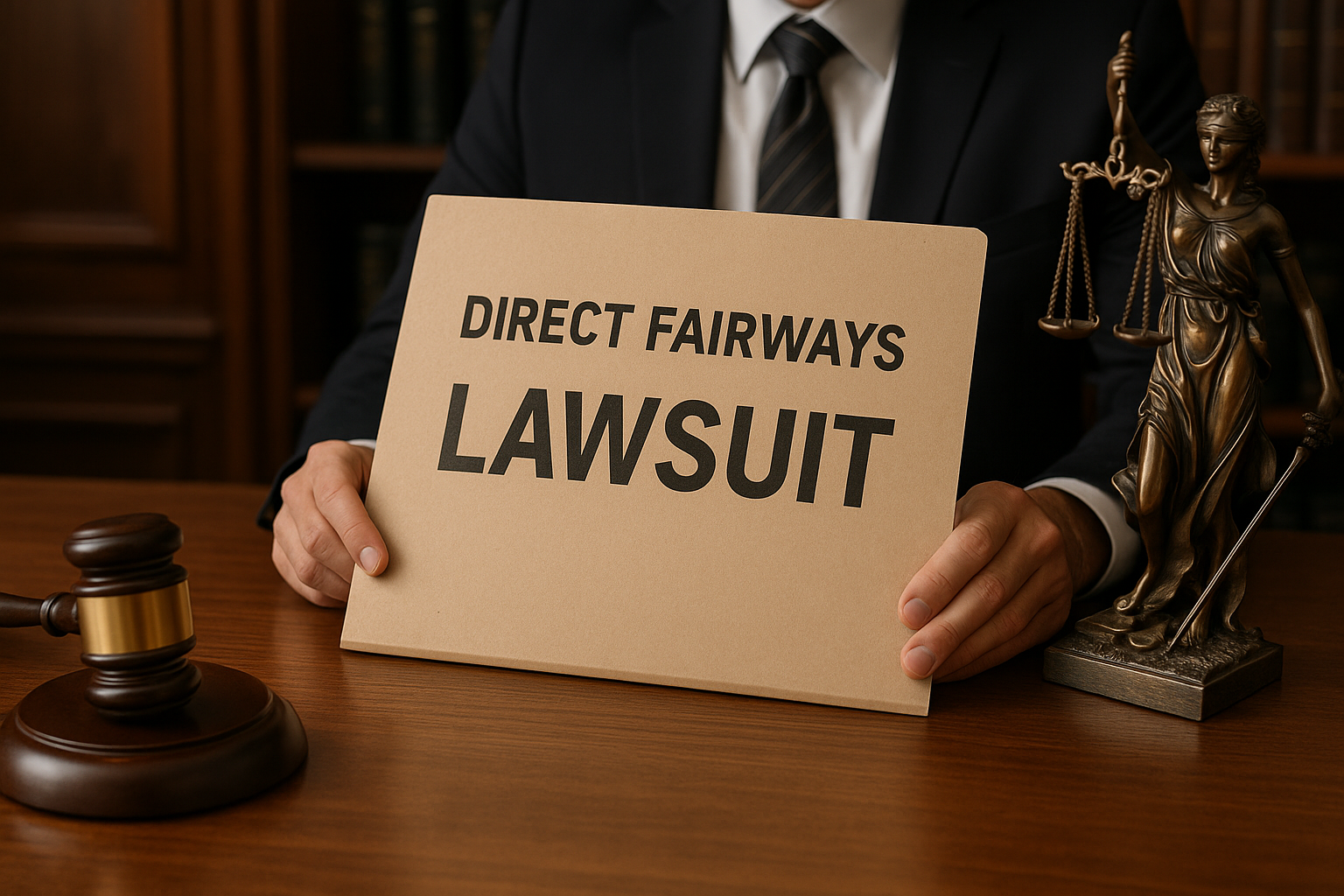Why this case matters
The Ashcroft Capital Lawsuit has drawn intense attention across the private real-estate world because it touches core issues in syndication: disclosures, projections, and fiduciary duties owed to limited partners (LPs). Beyond any single company, the outcome could influence how sponsors market offerings and communicate risks with passive investors.
Who is Ashcroft Capital?
Ashcroft Capital is a U.S. multifamily investment sponsor known for value-add acquisitions and private placements offered to accredited investors. In 2022, Ashcroft announced a strategic partnership involving funds advised by Goldman Sachs Asset Management and Blackstone Strategic Partners—an example of the firm’s access to institutional capital. The company also continued transacting in 2025, including deals in the Orlando area.
Ashcroft’s own materials emphasize that its offerings are private placements (often called “unregistered offerings”) marketed directly to investors rather than through public exchanges—standard practice in real-estate syndication.
What the lawsuit actually is—confirmed court record
A federal case titled Cautero v. Ashcroft Legacy Funds, LLC was filed in the U.S. District Court for the District of New Jersey on February 12, 2025, and is assigned to Judge Evelyn Padin with Magistrate Judge Cathy L. Waldor. Public docket aggregators list the case number as 2:25-cv-01212. As of August 8, 2025, the docket shows recent activity. Another public court aggregator also lists Ashcroft Capital LLC among the defendants on the case page. (Note: these aggregators summarize official PACER entries but may not display all pleadings.)
What’s being alleged (as reported)
Public summaries around the Ashcroft Capital Lawsuit commonly state that a group of investors (LPs) alleges misrepresentation of IRR/cash-flow projections, inadequate risk disclosure, and breaches of fiduciary duty tied to certain funds or affiliates. Some roundups say the plaintiffs seek multi-million-dollar damages, and several name Cautero v. Ashcroft Legacy Funds as the operative filing. These are allegations, not findings. Treat third-party summaries cautiously unless and until the operative complaint or court orders are posted publicly.
What Ashcroft (reportedly) says
Roundup pieces state that Ashcroft denies the allegations and maintains that its projections were accompanied by appropriate caveats and that it has operated transparently. We have not found an official litigation statement on Ashcroft’s press page, but multiple summaries attribute a denial of wrongdoing to the company. (Again, these are media/summary characterizations rather than court filings.)
Timeline so far (key public milestones)
- Feb 12, 2025 — Case filed: Cautero v. Ashcroft Legacy Funds, LLC, D.N.J., Case No. 2:25-cv-01212; assigned to Judge Evelyn Padin.
- June 4, 2025 — Public docket update notes waivers of service executed—an early procedural step that can streamline responses.
- Aug 8, 2025 — “Last known filing” date reflected on the public docket aggregator, indicating continued activity through early August. (Details typically require PACER access to view filings themselves.)
Because federal dockets can evolve quickly—motions to dismiss, amended complaints, discovery disputes—the best source for real-time accuracy is the court docket itself (via PACER) or neutral aggregators that mirror it.
How private real-estate syndications are usually structured (and why that matters here)
Most real-estate syndications are sold as private placements exempt from SEC registration. Investors receive offering documents (e.g., PPMs) that outline assumptions, forward-looking statements, fees, and risk factors. Understanding what was disclosed versus what was marketed is often central when disputes reach court. Ashcroft’s materials describe its offerings as private placements to LPs—consistent with standard industry practice.
Sponsors frequently file Form D notices when selling exempt securities; public records show Ashcroft-related entities filing such notices historically. In some cases, advisory affiliates file Form ADV as exempt reporting advisers. These filings don’t speak to the merits of any litigation—but they provide useful context about how offerings enter the market.
What’s at stake for investors (generally)
For LPs, cases like the Ashcroft Capital Lawsuit can influence timelines for distributions, capital events, or recapitalizations. Even without a final judgment, litigation can affect reputational risk, investor relations, and sponsor focus. Industry coverage notes heightened scrutiny of GP disclosures and underwriting conservatism across the multifamily space amid a tougher debt and rate environment.
Practical steps if you’re following (or involved in) the case
- Track the docket for authoritative updates (orders, motions, scheduling). Public mirrors show case metadata and recent activity; the full record is on PACER.
- Re-read your documents (PPM, LPA, subscription agreements). Many disputes hinge on what was disclosed in writing versus what an investor recalls from webinars or decks. (Background on private placements from Ashcroft’s site is useful context.)
- Document communications (emails, webinar recordings, memos) that framed expectations around rent growth, cap-rate exits, rate caps, or refinance timelines—common friction points during 2022–2024 rate volatility, per broader industry discussion.
- Consider independent review of model assumptions (rent spreads, renovation premiums, cap-ex budgets, exit cap rates). Independent underwriting is the best defense against overly rosy projections—an issue repeatedly discussed in coverage of this and similar disputes.
How to separate signal from noise
Much of the web content about the Ashcroft Capital Lawsuit repeats secondary summaries. Use neutral court sources for facts (caption, dates, judge, filings). Treat claims about dollar amounts, named individuals, or settlement chatter as unconfirmed unless they appear in pleadings or orders. Public docket pages confirm the case exists and is active; narrative details beyond that should be verified in the filings themselves.
The broader industry backdrop
2022–2025 brought a sharp reset in multifamily: interest-rate spikes, insurance and payroll inflation, and slower rent growth vs. 2021 forecasts. That environment increased the risk that sponsors would miss cash-flow targets or capital event timelines, raising the likelihood of LP disputes industry-wide. Coverage of Ashcroft’s continued acquisitions in 2025 shows that some sponsors are still transacting—often with new partners or capital stacks—while working through legacy portfolio pressures.
Latest developments (as of August 30, 2025)
- The case Cautero v. Ashcroft Legacy Funds, LLC, No. 2:25-cv-01212 (D.N.J.), remains active on public dockets, with activity noted through Aug 8, 2025. Specific pleadings and court rulings (if any) since filing aren’t posted on the public mirrors we checked; those typically require PACER access to view.
- Some roundups continue to publish summaries and timelines of allegations; treat them as secondary sources until the court issues substantive orders or the complaint is publicly available through a primary source.
Bottom line
- Confirmed: A federal case titled Cautero v. Ashcroft Legacy Funds, LLC was filed on Feb 12, 2025 in the District of New Jersey and shows continued docket activity.
- Alleged (not adjudicated): LP claims about projections, disclosures, and fiduciary duties surrounding certain Ashcroft-related funds or affiliates.
- Context: Ashcroft continues operating in multifamily, with institutional relationships and 2025 transactions reported in industry press and company releases.
Until the court issues substantive rulings—or the operative complaint is publicly filed on a primary source—the Ashcroft Capital Lawsuit should be viewed through a careful, evidence-first lens. If you’re an investor, the most productive steps are to monitor the docket, review your agreements, and evaluate assumptions with independent eyes.




